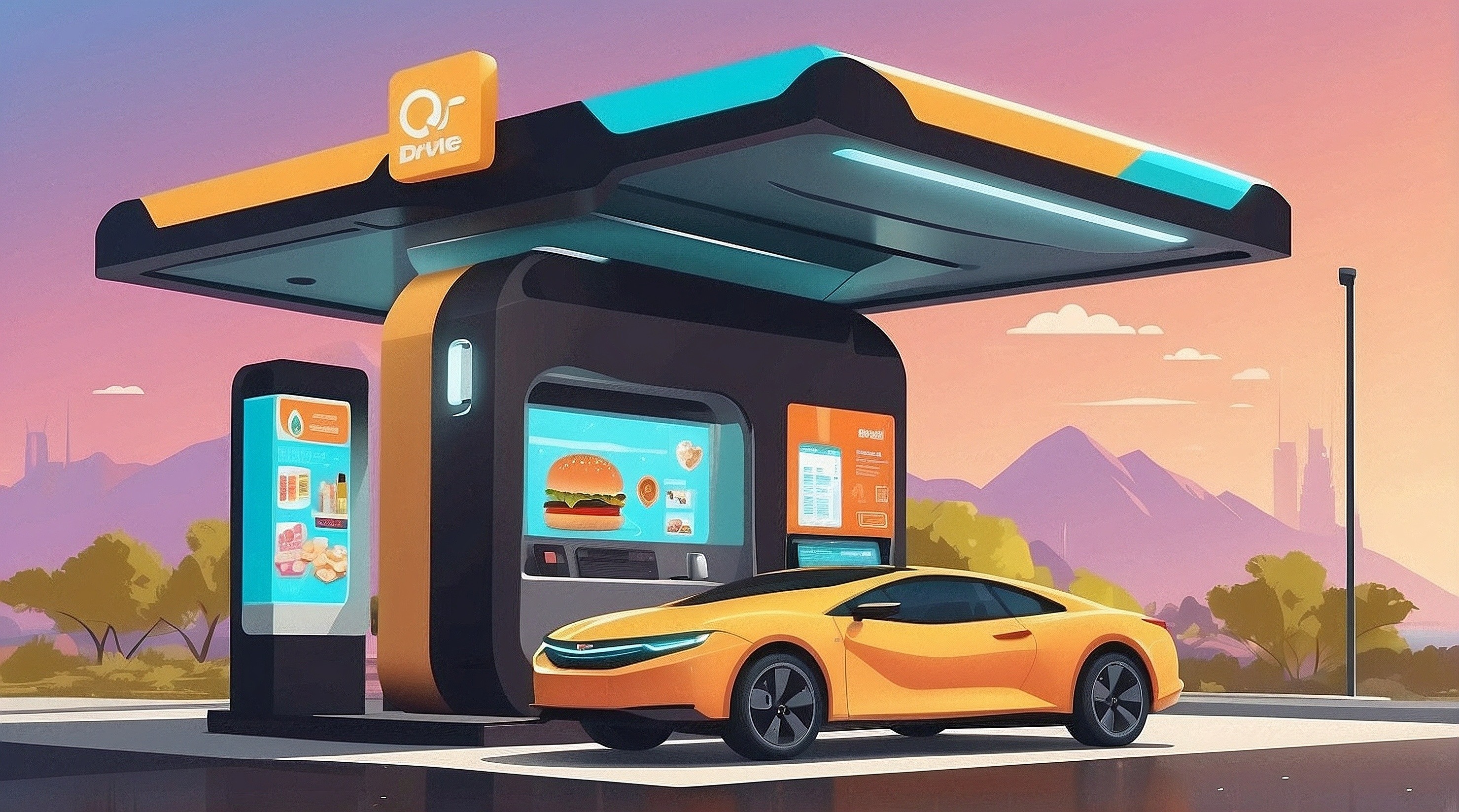The five hardware innovations that are changing the face of QSR
QSR is a fast-paced, dynamic industry. Its consumers are demanding, always looking for ‘new and improved’, whether that’s on the menu, or in the...
3 min read
Louie Scarpari : 05/12/2023 9:15:17 AM

One of the biggest challenges that growing hospitality businesses face in today’s tech-powered business environment is the fractured tech stack. A fractured tech stack happens when you find yourself with multiple disparate systems within your business and, rather than being the enabler you’re looking for, technology starts to become a hindrance. Let’s take a look at how the fractured tech stack develops, the problems it causes, and three ways you can mend the break.
What creates a fractured tech stack?
The fractured tech stack is primarily caused by success – that is, business growth. When you start out as a hospo business, you often have just the basic technology systems you need to get going – typically a Point of Sale (POS) solution, with perhaps accounting and rostering. As the number of stores grow, you add more tech functionality, maybe QR code ordering, kitchen management, inventory, or click and collect. Then you want more customer touchpoints, so add loyalty, mobile, kiosk, and different delivery options. Each of these comes from a different solution provider, and before you know it, you have a Frankenstein’s monster of a system – a creature made from a bunch of components that have been stitched together.
What are the problems of the fractured tech stack?
Like Frankenstein’s monster, the fractured tech stack works, but it can cause a lot of trouble:
The three ways you can fix the fractured tech stack – and the pros and cons of each
Middleware
This approach is where you buy a commercial off the shelf middleware solution, and take responsibility yourself for connecting all your disparate systems together. The upside is that you can highly customise your solution, choosing the best of breed solution for each function in your business – loyalty, delivery, kiosk. The downside is once you’ve built your integration, you need to constantly maintain it and add new solutions as requirements change. That means you’ll need a lot of in-house resources, potentially up to 100 people. It’s not a solution for small and medium sized businesses, but for those large enough and with deep enough pockets for the investment, it can be the right solution.
Partnerships and APIs
This is where you approach all your solution providers and ask them to ‘play nicely’ and collaborate and integrate with each other through their APIs. It’s an approach that requires skills and time to manage relationships and projects with your providers – and the more providers you have, the more time you need to invest. On the plus side, it’s less costly than the middleware approach, and you can still pretty much get to choose best of breed vendors, as long as they’re willing to play by the rules. The minus is that it can be very time-consuming to manage and can be made difficult by inter-company politics between vendors. It’s also hard to substitute out one vendor for another if you want to change. Perhaps the biggest challenge with this approach is the second level connections – for example, you can get your loyalty provider and your kiosk provider to each talk to your POS, but it may be a lot harder to get the loyalty and the kiosk to integrate with each other.
Platform
This approach essentially outsources the problem – you go to a platform provider and say, ‘make it all work for me’. The biggest benefit of this approach is that it provides deep integrations, with the components working as a single, integrated system. Every element talks to the others, across the whole solution. Your data all aligns, and you can get consolidated reporting, for full visibility of exactly what is going on in your operation, so you can make meaningful business decisions. The platform approach simplifies support – you have just ‘one throat to choke’, and need fewer in-house staff because your platform provider is doing the integration, change and support work. On the other hand, you do have a more limited choice of components, as the platform provider has selected them for you. For businesses that want to be agile and responsive, the platform approach is the answer.
Working with a platform provider is like a marriage – and as with all long term relationships, you need to choose wisely. When selecting a platform partner, it’s essential to consider their longevity, reputation, strategic direction, their customer base and the depth of their integrations.
The fractured tech stack can be fixed in several ways, one of which will be right for you. The key is to do your research thoroughly. Then you can fix the pain of your fractured tech stack, and focus on growing your business.

QSR is a fast-paced, dynamic industry. Its consumers are demanding, always looking for ‘new and improved’, whether that’s on the menu, or in the...

As we approach a new year, thoughts naturally turn to what lies ahead. Hospitality businesses move into 2023 with some pretty big challenges, but...

In today’s QSR and Fast Casual Dining sector, why is it that some restaurants are able to rise above challenges and flourish, whilst others struggle...